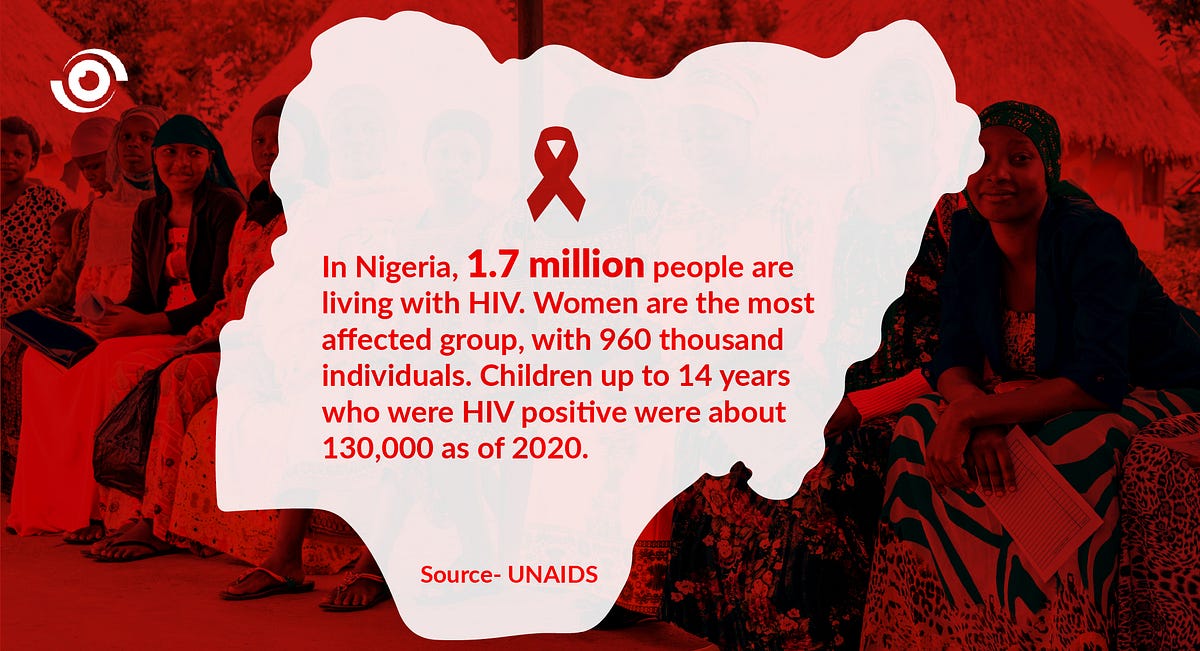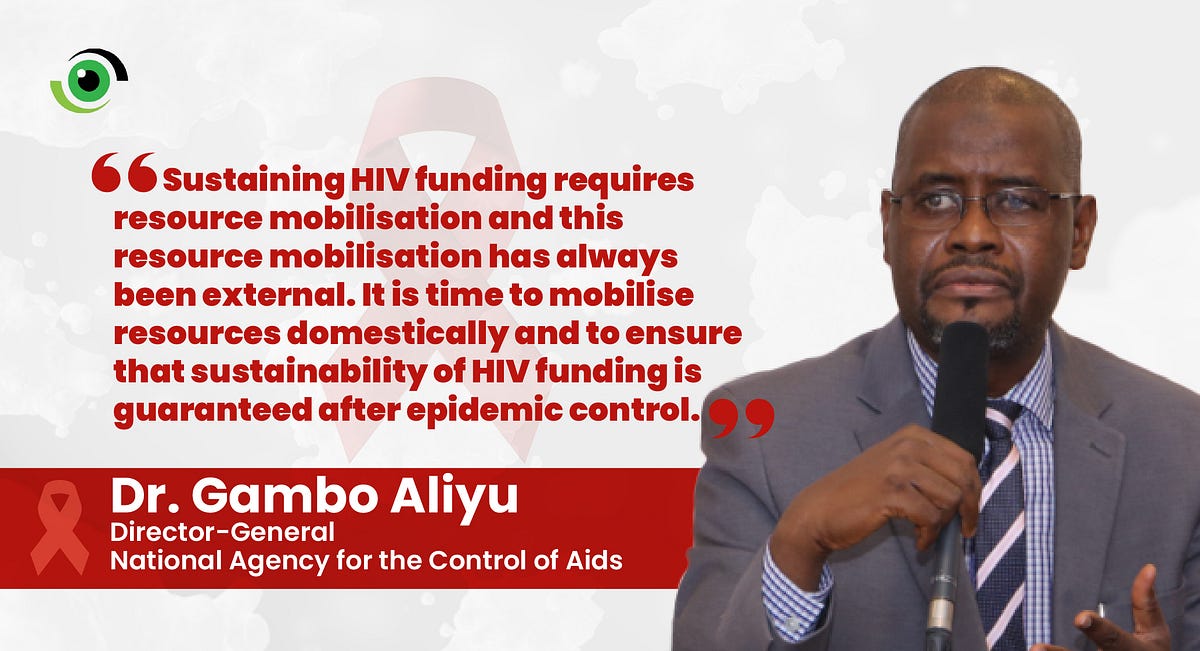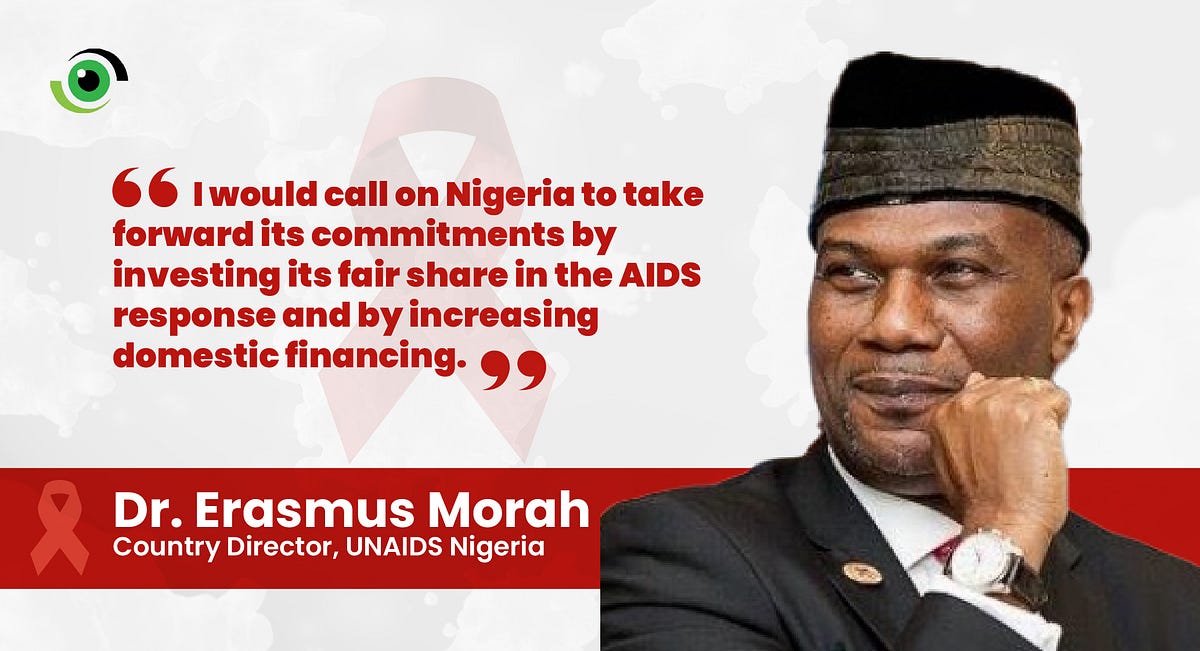By Ibukun Oguntola and Thelma Chioma Abeku (Lead Writers)
On the 1st of December every year, the world commemorates World AIDS Day, a day set aside to raise awareness about the HIV/AIDS pandemic, sharing progress and successes as well as identifying challenges in tackling the virus globally and locally. World AIDS Day is also an important reminder to encourage everyone to treat those living with HIV/AIDS with respect and promote greater inclusivity as we work towards a community that is stigma and discrimination-free. This year’s theme is tagged “End Inequalities, End AIDS”.
In line with the theme, a special focus has been placed on reaching people that are being left behind. The World Health Organisation (WHO), and its partners are spotlighting the growing inequalities in access to essential HIV/AIDS services and calling on global leaders and citizens to rally to confront the inequalities that drive AIDS and reach people who are currently not receiving optimal essential HIV/AIDS services.
According to the WHO, as of 2020, the estimated number of people living with HIV/AIDS globally is over 37 million people and an estimated 680,000 people have died from HIV-related causes. The WHO also estimates the number of new infections globally in 2020 to be about 1.5 million, showing that HIV remains a major public health issue that affects millions of people worldwide.
In Nigeria, 1.7 million people live with HIV/AIDS. Women are the most affected group, accounting for 960,000 individuals while children under the age of 14 accounted for 130,000. Women and young girls are heavily affected by the HIV/AIDS pandemic because of deep-rooted gender inequality in Nigeria, which spans every facet of society including culture and law. In the most recent rankings, Nigeria was placed 139 out of 156 for the size of its ‘gender gap’, meaning that it has one of the most unequal balances of power between men and women in the world.

In the same vein, people living with disabilities suffer various forms of inequalities in society. Globally, it is estimated that 1 billion people, about 15% of the world’s population, have a disability. Regrettably, people living with disabilities have been excluded and neglected in all of the sectors responding to HIV/AIDS. HIV prevalence data among people with disabilities is scarce. Division, disparity and disregard for human rights are significant failures that have created an enabling environment for HIV to become and remain a global health crisis. Now, COVID-19 is exacerbating inequities and disruptions to services, making the lives of many people living with HIV/AIDS more challenging.
Quality of life and living with HIV/AIDS
To increase access to antiretroviral therapy and reduce AIDS-related deaths, the Nigerian government made a decision in 2006 to provide antiretrovirals free of charge as part of HIV/AIDS programmes at designated facilities in the country. This has over time improved the uptake of treatment.
However, the cost of administering care is different for different people. In a study conducted to assess health care costs in relation to HIV/AIDS treatment, it was reported that those who lived in rural areas and those with lower socioeconomic standing tend to pay more to access antiretroviral treatment. Rural populations have to travel further to reach clinics, increasing the cost burden of travel; they also have to wait longer to see medical personnel, adding additional food costs. Another study done in Southern Africa has also shown that 91% of patients paid for transport to attend antiretroviral clinics and 60% of patients purchased non-prescription medicines or special food at considerable personal cost.
Additionally, because HIV/AIDS increases a person’s vulnerability to other illnesses, patients often get opportunistic infections. As a result, they incur other expenses like non-antiretroviral drugs, non-routine tests, medical consultations, transportation, food and hospital stays.
Loyce Pace, Assistant Secretary for Global Affairs, Department of Health and Human Services, speaking on the global and domestic HIV/AIDS response noted that “As we have learned throughout this journey, HIV/AIDS affects everyone — and we are all in this together. Reducing HIV/AIDS-related disparities and health inequities at home and throughout the world is a public health and moral imperative.”

Making equal access and participation in HIV/AIDS programmes a reality
To end inequalities and ensure equity in access to HIV/AIDS treatment and care, we must develop policies that are firmly based on human rights and ethical principles. To effectively achieve this, interventions should focus on confronting the special challenges presented by the COVID-19 pandemic for people living with HIV. A renewed focus on equality will ensure that everyone, everywhere has equal access to HIV/AIDS prevention, testing, treatment and care, including COVID-19 vaccinations and services.
A special focus also needs to be placed on ensuring that the HIV response is sustainable. This requires mobilising resources for the response to reduce the country’s dependence on external funding and explore other innovative sources of funding to ensure that coordination, data governance, social protection, and community support are adequately covered. Between 2005 and 2018, a total of US$6.2 billion was spent on the HIV response in Nigeria, including the diagnosis and treatment of almost 1.1 million people living with HIV. More than 81 percent of these funds came from international donors, public funds accounted for 18 percent, and private funds provided an additional 1 percent. In order to ensure the sustainability of HIV care, it is important that more domestic sources of revenue to fund care are created.

At the launch of the National Domestic Resource Mobilisation and Sustainability Strategy, the Director-General, National Agency for the Control of AIDS, Dr. Gambo Aliyu, reiterated this sentiment, stating that “sustaining HIV funding requires resource mobilisation and this resource mobilisation has always been external. It is time to mobilise resources domestically and to ensure that sustainability of HIV funding is guaranteed after epidemic control”.

Dr. Erasmus Morah, Country Director for UNAIDS in Nigeria also echoed this in his call to the Nigerian Government. He asked that the government “take forward its commitments by investing its fair share in the AIDS response and by increasing domestic financing.” The increased allocation of sufficient resources will improve the quality of HIV services and make them more resilient and sustainable.
Combined, these initiatives will:
- reduce out of pocket expenses related to accessing care for HIV;
- improve adherence to treatment; and
- increase access to care particularly for vulnerable groups.
HIV/AIDS is neither a disease of the poor nor of the rich, it affects everyone. Reducing disparities and increasing access to HIV/AIDS prevention and treatment services, and ensuring that everyone in need has access to these vital services will bring the world a step closer to realising equity in HIV/AIDS programmes.


